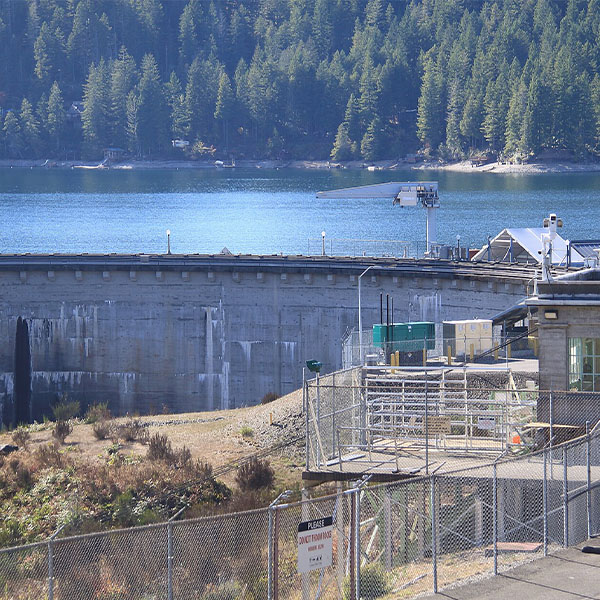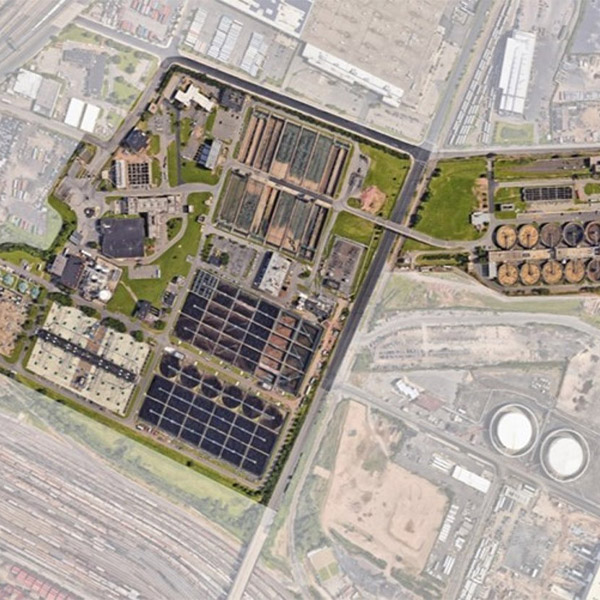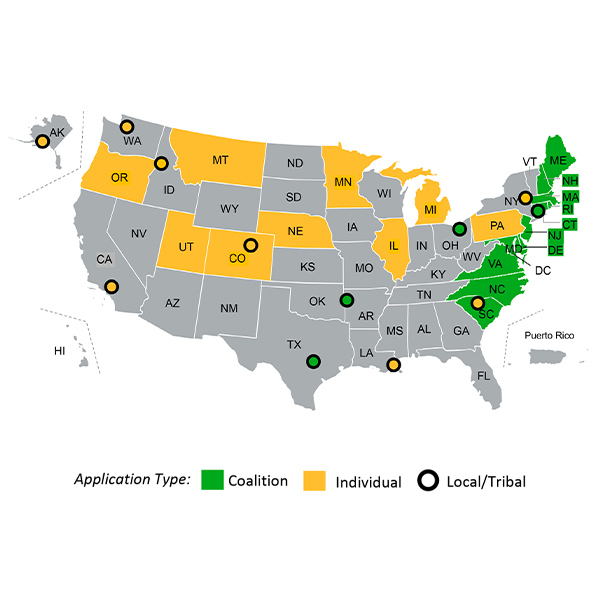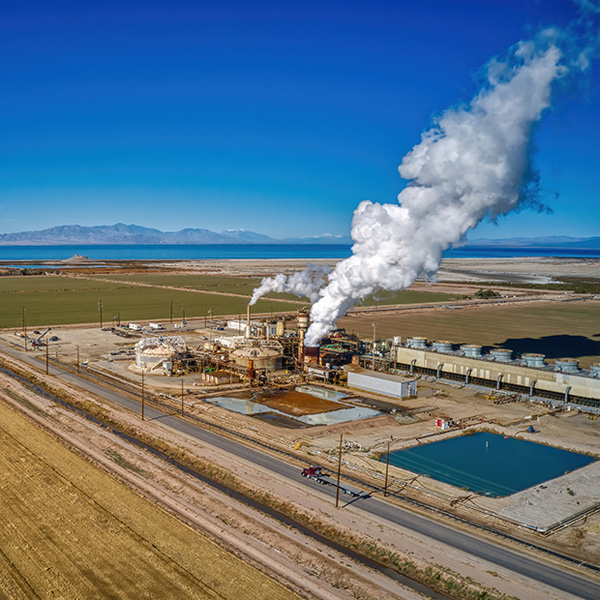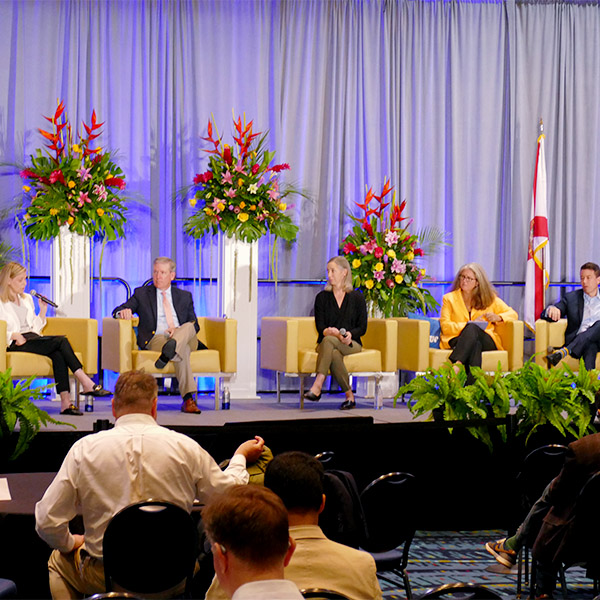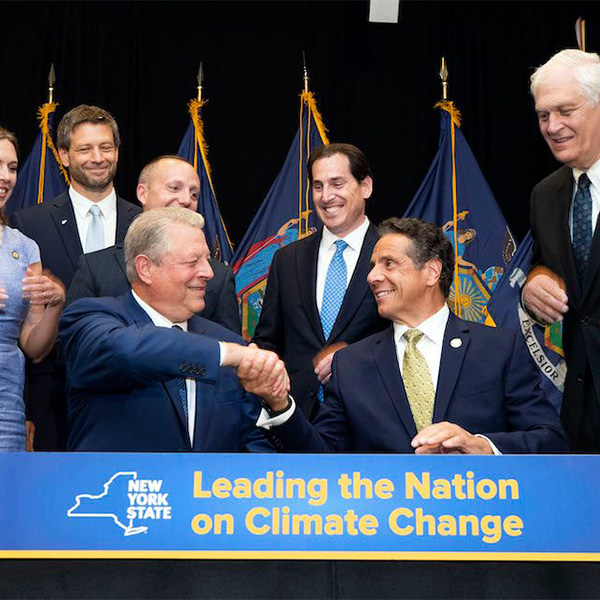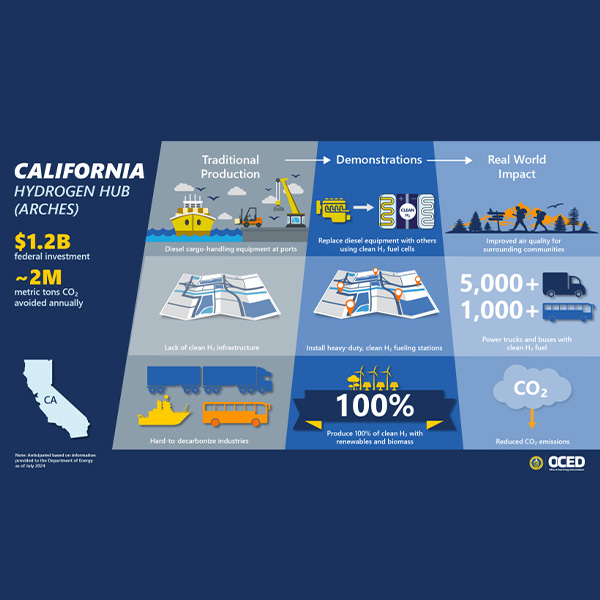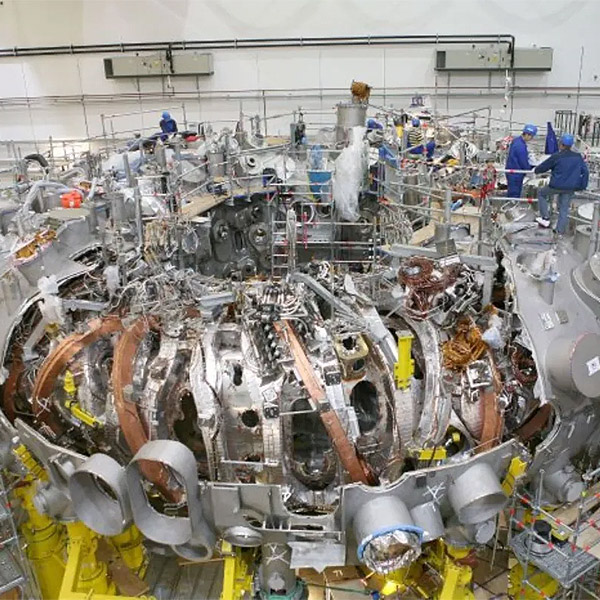NetZero Insider
Agriculture & Land UseBuilding DecarbonizationCookingEnergy EfficiencySpace HeatingWater HeatingCommentary & Special ReportsConference coverageCompany NewsEquity & EconomicsEmployment & Economic ImpactEnvironmental & Social JusticeFederal PolicyCongressDepartment of EnergyLoan Programs Office (LPO)Department of TransportationEnvironmental Protection AgencyFederal Energy Regulatory CommissionGeneral Services Administration (GSA)Interior DepartmentBureau of Land ManagementBureau of Ocean Energy ManagementNuclear Regulatory CommissionTreasury DepartmentWhite HouseGeneration & FuelsBioenergyFossil FuelsCoalNatural GasGeothermalHydrogenNuclearSMRRenewable PowerCommunity solarHydropowerOffshore Wind PowerOnshore Wind PowerSolar PowerRooftop solarUtility scale solarImpact & AdaptationIndustrial DecarbonizationState and Local PolicyAlabamaArizonaCaliforniaCA LegislationCalifornia Air Resources Board (CARB)California Energy Commission (CEC)California Public Utilities Commission (CPUC)ColoradoConnecticutDelawareDistrict of ColumbiaFloridaGeorgiaHawaiiIdahoIllinoisIndianaLouisianaMaineMarylandMassachusettsMichiganMississippiMissouriMontanaNevadaNew HampshireNew JerseyNew MexicoNew YorkNYSERDAPublic Service CommissionNorth CarolinaOhioOregonPennsylvaniaRhode IslandSouth CarolinaTennesseeTexasUtahVermontVirginiaWashingtonWest VirginiaWisconsinWyomingTechnologyCarbon CaptureTransmission & DistributionEnergy StorageMicrogridsTransportation DecarbonizationAirplane DecarbonizationEV chargersHeavy-duty vehiclesBattery Electric Buses (BEB)Fuel Cell Electric Buses (FCEB)Light-duty vehiclesBattery Electric VehiclesFuel Cell VehiclesPlug-in hybrid electric vehiclesShip electrificationClean Ports
While frequently discounted as renewable energy, hydropower accounts for close to 30% of carbon-free generation in the U.S. and provides 40% of the nation's black start capacity.
The debate over the plant underscores the difficulties of New Jersey’s efforts to aggressively cut emissions while ensuring the state has access to enough electricity.
Pennsylvania will use its $396.1 million Climate Pollution Reduction Grant on a statewide initiative to cut greenhouse gas emissions from industrial buildings through incentives for energy efficiency and emission-reduction technologies.
The California Public Utilities Commission is proposing to authorize procurement of emerging clean energy technologies with a combined nameplate capacity of up to 10.6 GW.
The return to demand growth in the electric power industry has been a major theme this year, and it dominated the discussion at NARUC's Summer Policy Summit.
Panelists at a forum convened by the Massachusetts Executive Office of Federal and Regional Energy Affairs said advanced transmission technologies will be essential to limiting transmission costs.
Construction of Vineyard Wind 1 has paused and operation of completed wind turbines halted as cleanup and investigation of a blade failure continues.
The report faults New York’s slow progress toward its climate protection goals and warns that the full cost of the effort still has not been quantified, five years after the goals were signed into law.
California became the first state in the U.S. to officially launch a hydrogen hub, with the announcement of a funding agreement with the Department of Energy.
About 45 companies worldwide are in the race to develop commercially viable nuclear fusion technology and almost half of them expect to deliver power to the grid somewhere between 2031 and 2035.
Want more? Advanced Search
